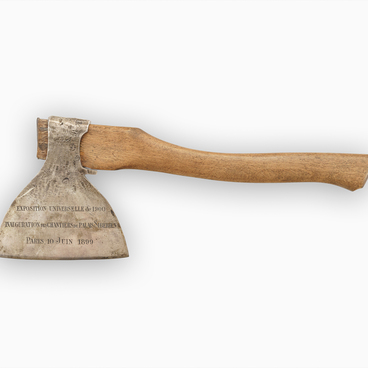Enamel is a vitreous powder that is produced by grinding glass plates down to a desired size of the particles. The powder is then mixed with water to create a paste-like consistency and placed within small cells on the item. The object is then fired in a kiln or the enamel can be fused to some areas of the item using a gas or petrol burner.
There are several types of enamels: cloisonné, stained glass, painted glass and champlevé. Artists working in the champlevé technique created exquisite works in the Russian style, with patterns resembling embroidery on Russian towels. Often, in order to achieve a greater decorative effect, champlevé was combined with other types of enamels. Maria Klavdievna Tenisheva created works in this technique.
“I was fascinated by enameled works of art created by ancient masters. Enamel captivated and attracted me so much that my works in portrait and applied art, despite the successes I have achieved, ceased to interest me. I was not keen on exhibiting and gaining a reputation as a portrait painter — besides, I was never satisfied with what I was doing. Taking up enameling, I jealously hid from everyone and did not tell anyone anything. I never had any intention of displaying my works to the public, and if I wanted to achieve a certain perfection, it was only to serve my church. This was my only guiding goal,” Maria Tenisheva wrote in her memoir, “Impressions of My Life”.
Tenisheva created many enameled pieces in Talashkino and quickly found her style in enameling. Her works combine technical diversity and perfection. She worked with an impressive range of colors as well — two hundred shades, which has never been done before.
Tenisheva was also a researcher of ancient enamels. Drawing on that experience, she made a wise decision to reject a career as a jeweler. She did not wish to imitate antique designs. Instead, she drew upon the artistic heritage of the past in order to create modern works that could serve as a decorative piece and an object for everyday use, as well as a souvenir.
Judging by the rather simple technique used by
Maria Klavdievna Tenisheva in this work, the “Cat” plate was one of the
princess’s first experiments in mastering the secrets of enameling. The small
rectangular silver plate depicts the figure of a dozing ivory cat. The figure
itself is framed with lilac enamel, and the cat’s tail is highlighted with
enamel beads.



